Before the reverse-engine boom began, the models of our dreams were only seen in overseas reports in motorcycle magazines, but now they are coming back to Japan as reimported used models. One of the most popular models is the Z1 series, known as Kawasaki’s first air-cooled four-cylinder model.
Here, we will discuss how the popular first-generation Kawasaki air-cooled four, the 750 Z2 and 900 Z1 engines, are “different” from later models. Let’s focus on the engine section.
- The “luxurious construction” around the cam chain is unique.
- Extremely tough rotating sliding parts of bearing supports
- Metal construction for camshaft support
The “luxurious construction” around the cam chain is unique.
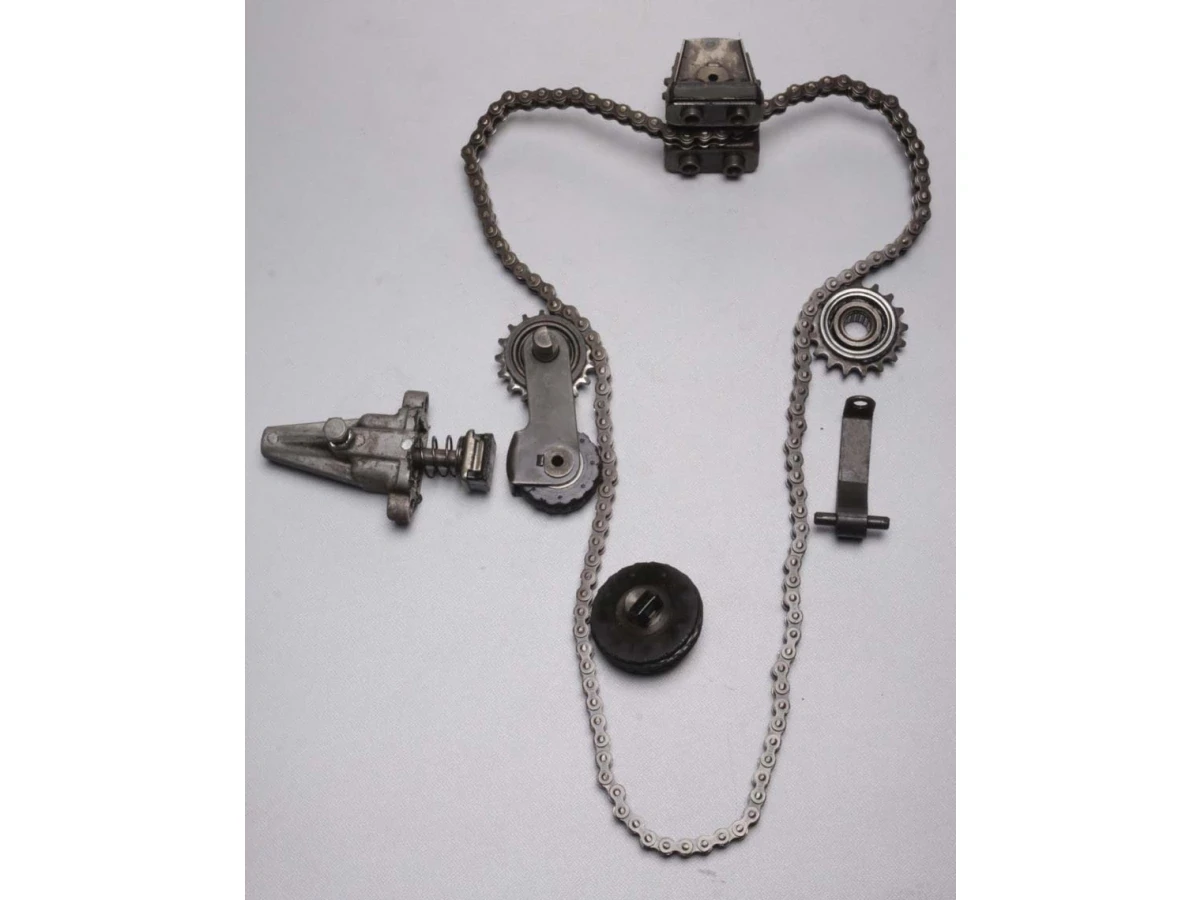

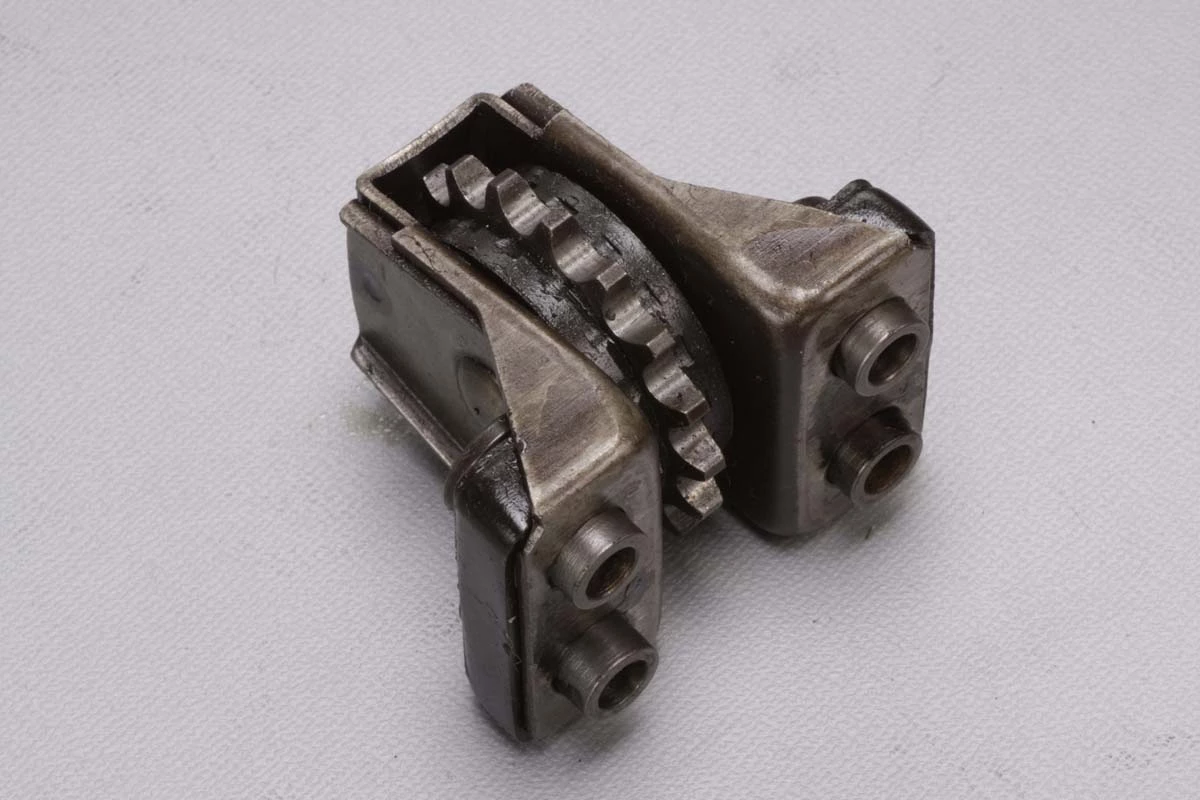

The CB450 was Honda’s flagship model when 4-stroke, 2-cylinder engines were the norm.
In the two-cylinder era, sprocket gears and damper rubber rollers were used for the cam chain idler.
Later, in the CB750 era, the cam chain tensioner and idle roller were all changed to rubber damper rollers. This change was to improve engine quietness, make the engine more compact, and, most importantly, reduce the cost of manufacturing parts compared to gear idlers. On the other hand, the first generation Kawasaki 4-stroke 4-cylinder engine was equipped with a top idler due to the use of twin cams. The cam chain idlers required for the front and rear of the cylinders were also equipped with idler gears that incorporated a rubber damper function.
Compared to the later second-generation KZ1000 series engines, these specifications were so well-equipped that they could be said to be cost-neutral.
Extremely tough rotating sliding parts of bearing supports
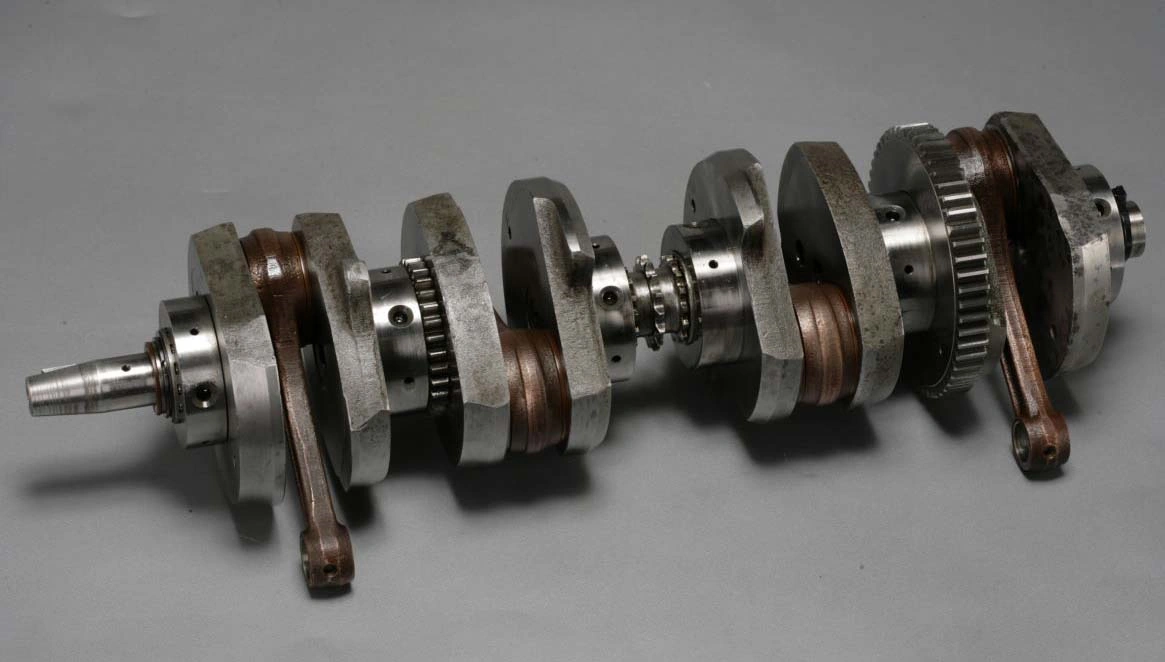

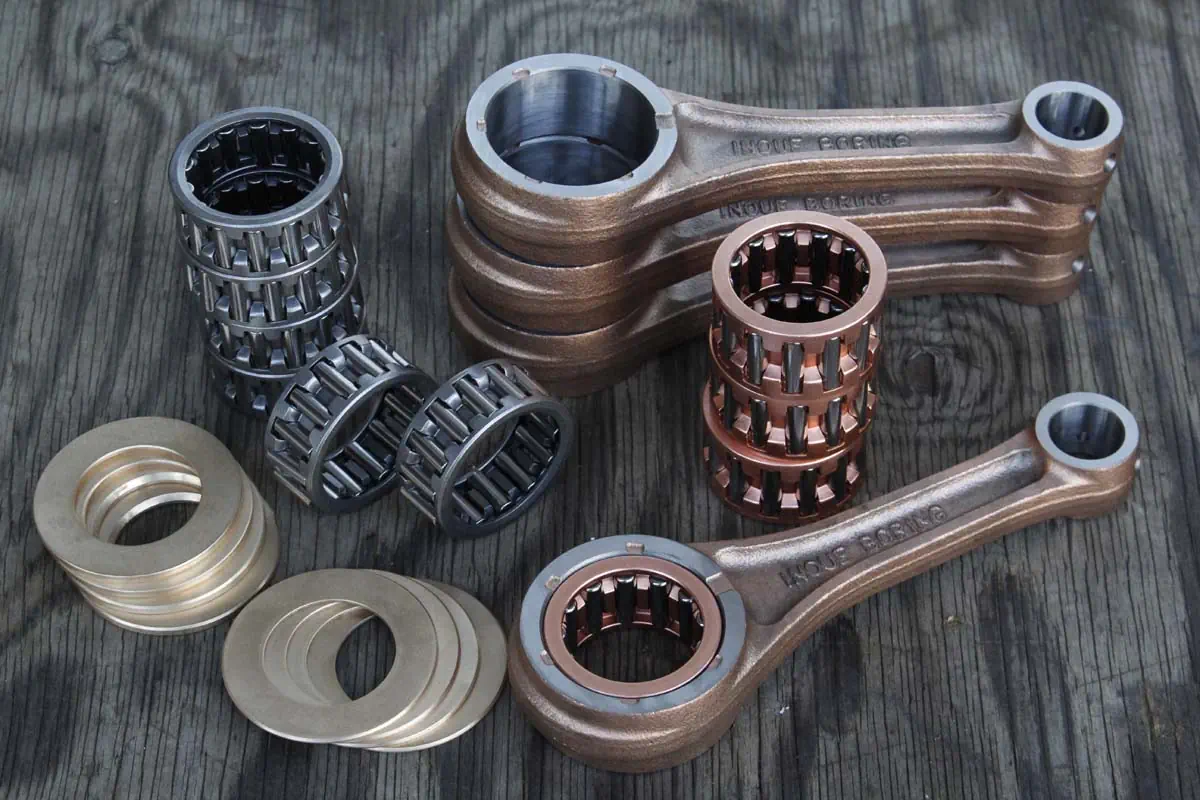

Kawasaki had sold the world’s fastest model with a 2-stroke engine. Kawasaki’s first 4-stroke, 4-cylinder 900cc engine, which exceeded the world’s fastest 2-stroke engine, used an assembled crankshaft with needle roller bearings for the rotational sliding parts, just like the 2-stroke engine. In terms of light weight, compactness, and improved productivity, the integrated crankshaft, which is commonplace in modern models, is superior to the plain metal bearing crankshaft, but Kawasaki disliked the rotational resistance of the plain metal bearing at the time, so the flagship engine series used a bearing-supported crankshaft that had far less rotational resistance. The crankshafts were designed with a bearing support.
At the same time, needle roller bearings were also incorporated in the big end of the connecting rods. Yoshimura’s great success in tuning the Kawasaki Z1 engine, and the reason why the tuning base engine was subsequently changed to the Suzuki GS750 and GS1000, was largely due to the fact that they used an assembled crankshaft. Engines with poor oil management could cause damage to the crankshaft, but iB Inoue Boring independently requested a connecting rod manufacturer to produce parts. The company has also asked a domestic bearing manufacturer to produce bearings of the same size as the OEM ones and is offering a crankshaft overhaul service.
filming support/iB Inoue Boringwww.ibg.co.jp
Metal construction for camshaft support
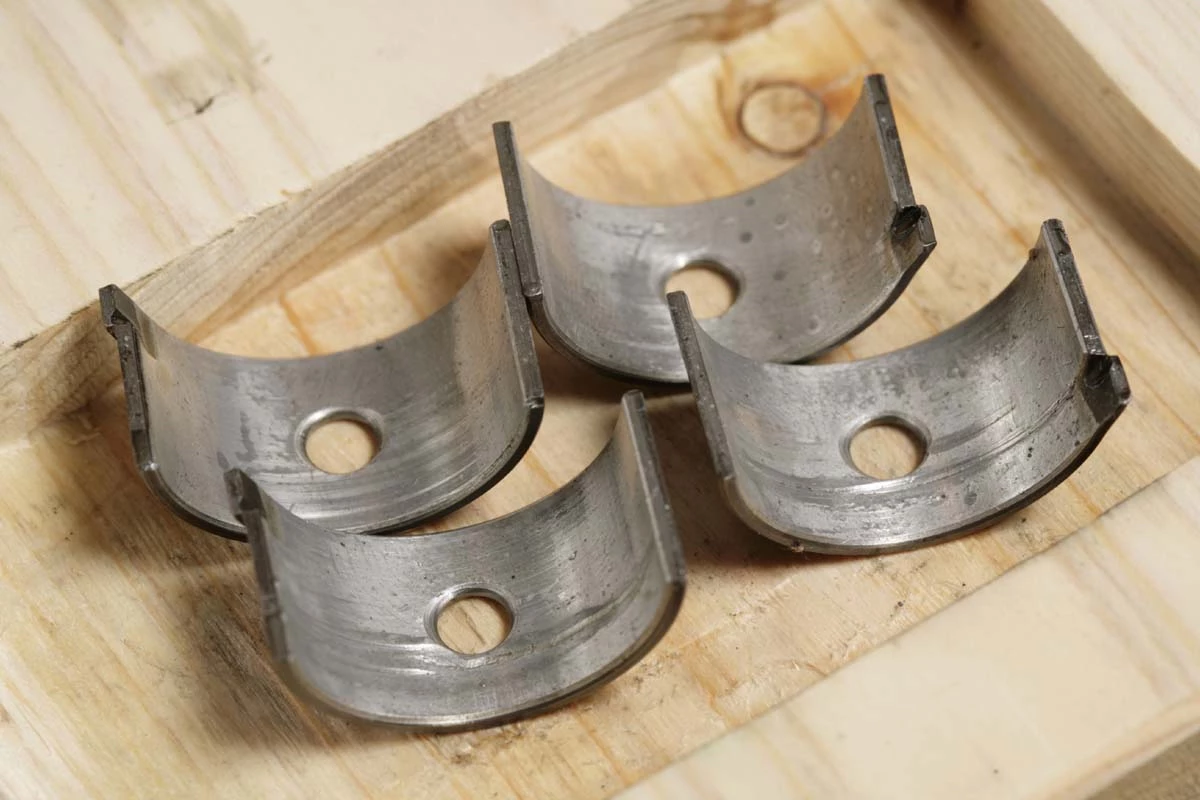

Modern engines with overwhelmingly improved machining accuracy do not incorporate plain metal in the camshaft journals (bearings), but many engines developed before the 1980s incorporated bearing metal. The best parts were selected from among metals of different thicknesses to maintain proper clearance.
This design is now appreciated because it means that parts that have worn out due to over-riding or inadequate oil management can be replaced.